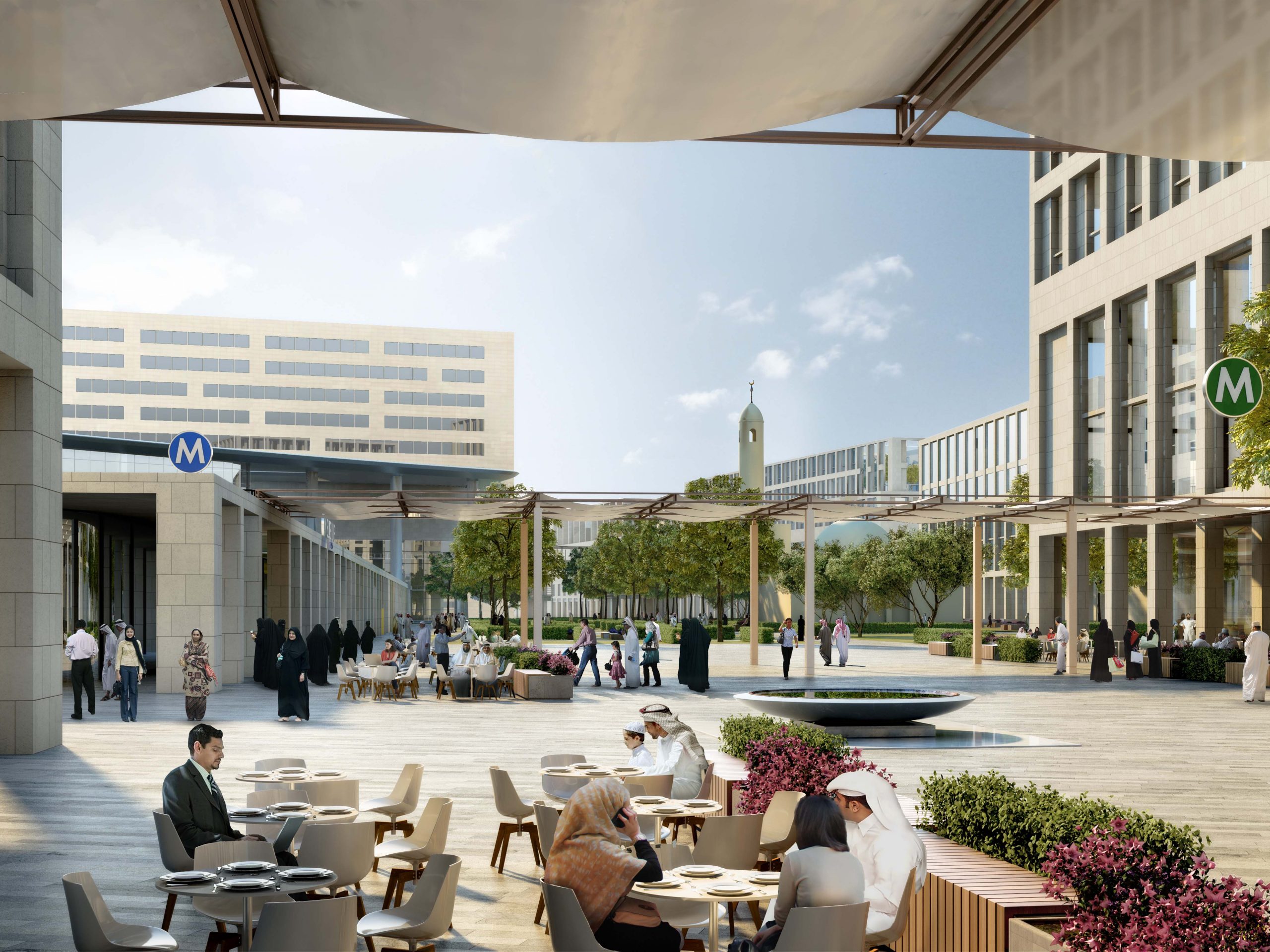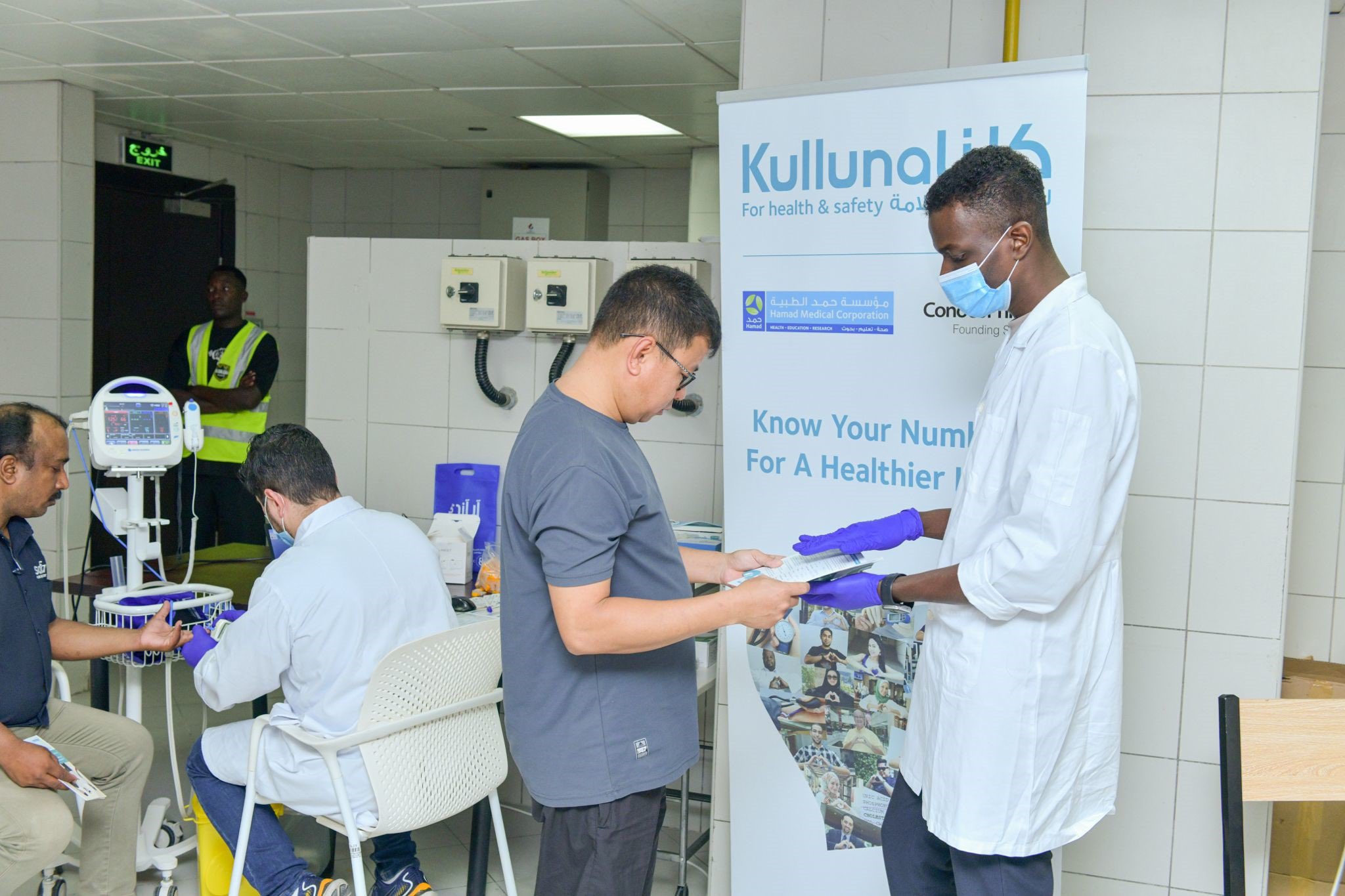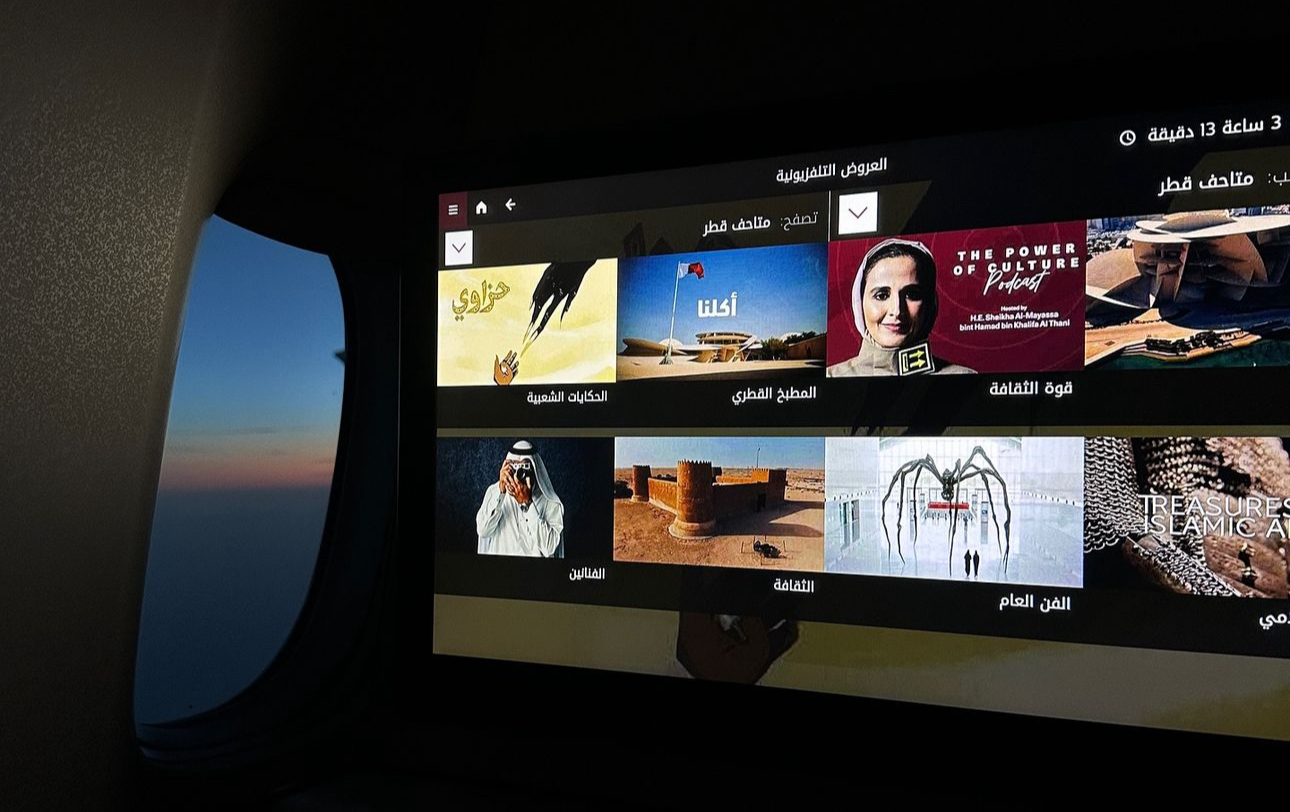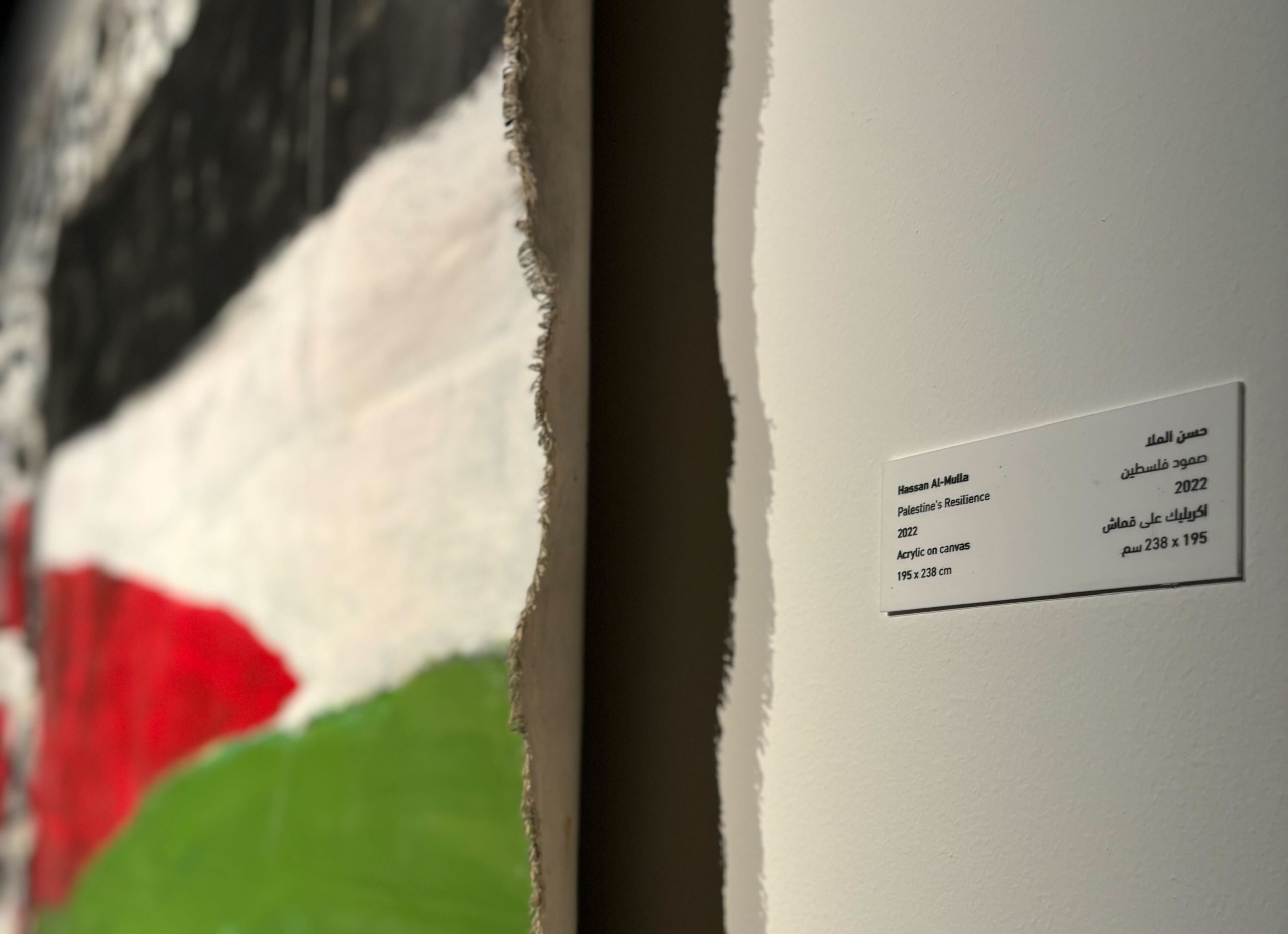
To tackle Qatar’s healthcare crisis, Hamad Medical Corporation (HMC) has unveiled a new ambitious 15-year master plan that includes doubling the number of hospital beds and operating theaters in the country and tripling car parking provisions by 2030.
Speaking to reporters today, officials said much of the focus will be on redeveloping HMC’s current central Doha sites into one, integrated complex, which will be linked across C-Ring Road by a pedestrian bridge.

Covered paths and air-conditioned walkways will also be built throughout the landscaped complex to encourage visitors, patients and staff to walk where possible between facilities.
The number of operating theaters will be more than doubled from 40 to 90 and the total number of car parking spaces will increase three-fold from 8,000 to 24,000 by 2030, HMC said.
There are also plans to expand its medical staff, clinics and hospital beds outside of Qatar’s capital.
That includes increasing the capacity of Al Khor and Al Wakrah hospitals to 500 beds each by 2030, and building five new diagnostic and treatments centers that will run clinics for a range of issues including diabetes, internal medicine, orthopedics, rehabilitation and imaging (CT and MRI scans).

There are also plans to double the number of ambulance points in Qatar from 20 to 40 in the coming 18 months to “enhance efficiency and emergency services,” HMC’s head of facilities planning John Lambert-Smith said.
While many of the details of the 15-year-plan include information about medical services and facilities that have already been announced by HMC in recent years, this is the first time the organization has publicly laid out its entire long-term vision for health care in Qatar.
The country’s current health services have been under severe strain due to its current population boom, which is related to infrastructure projects such as roads, rail, metro and stadiums being built for the 2022 World Cup.
After the tournament, United Nations’ figures forecast a slowing in the growth rate of the population, estimating it will reach approximately 2.76 million (compared to 2.33 million currently).
Facilities
HMC is currently working to build a new Women’s Hospital, Ambulatory and Minimally Invasive Surgical Hospital and a Physical Medicine & Rehabilitation Hospital, as well as extra operating rooms that would increase capacity of the existing Hamad General Hospital’s surgical department.

At the beginning of this year, the nation’s Prime Minister said that the majority of these new facilities, all located in the under-construction QR2.4 billion Hamad bin Khalifa Medical City complex should be finished and ready to launch by the middle of this year.
However, this deadline apparently will not be met.
Today, Dr. Hanan Al Kuwari, HMC’s managing director, said that construction on the project was “on track,” but once the building is complete would still need to be signed off by Civil Defense and other safety authorities.
As a result, the women’s hospital and ambulatory hospital are not expected to be operational until around mid-2016, she said.
Meanwhile, an opening date was not given for the rehabilitation institute, which will provide 195 beds across 10 floors and include a hydrotherapy facility, and provide physiotherapy, occupational and speech therapy, prosthetics and orthotics. It will also provide treatment for patients who have had strokes and brain injuries.
Under construction
Other facilities that are due for completion and opening soon include the Communicable Diseases Hospital, which should open late this year or early 2016. This is broadly on schedule according to the timeline in the Supreme Council of Health’s 2012 Annual Report.
The 65-bed hospital in the Al Rumailah campus of the new medical city will provide care for patients with serious transmissible illnesses and pandemics such as tuberculosis, SARS and MERS.

It will have beds in single rooms that can be turned into isolation units and will provide travel vaccinations and after-travel care for those who fall ill.
Meanwhile, the expansion of the busy Al Sadd Pediatric Emergency Center is also due to be finished by the end of this year, Al Kuwari said.
Renovations include a bigger family waiting area, separate male and female waiting areas and a pharmacy.
The center will also see an increase in the number of beds, from 45 to 58, and five new clinics and five new patient examination rooms, the Peninsula quoted HMC pediatric consultant Dr. Hani Khalaf as saying last month.
A expansion to the Neonatal Intensive Care Unit (NICU) at the existing Women’s Hospital is also planned to be open by the end of this year, adding 26 extra cots to the existing 80, and furthering care for high-risk or critically ill newborns.
Meanwhile, a new Bone & Joint Center is set to open at Hamad General Hospital by early 2016 and will provide outpatient care for fractures; pediatric orthopedics; spine, foot and ankle injuries; anthroplasty (surgery of the joint) and sports medicine.
Finally, a purpose-built trauma and emergency department at Hamad General Hospital, which is planning to increase its current emergency facilities three-fold, is also under construction.
Its specialist equipment will include a hyperbaric chamber to provide emergency medical treatment for those in diving accidents.
This will be connected to the new suite of operating theaters, including 17 surgical theaters, three specialist theaters, trauma intensive care and surgical intensive care units.
By 2030
Other facilities remain in the planning stage, and are scheduled to be open sometime before 2030. They include:
- A hospital in Al Shamal;
- A new cancer hospital;
- A psychiatric unit at Al Wakrah hospital;
- A children’s development center at Al Wakrah; and
- A new blood donor unit and expansion of blood bank services.
Thoughts?







